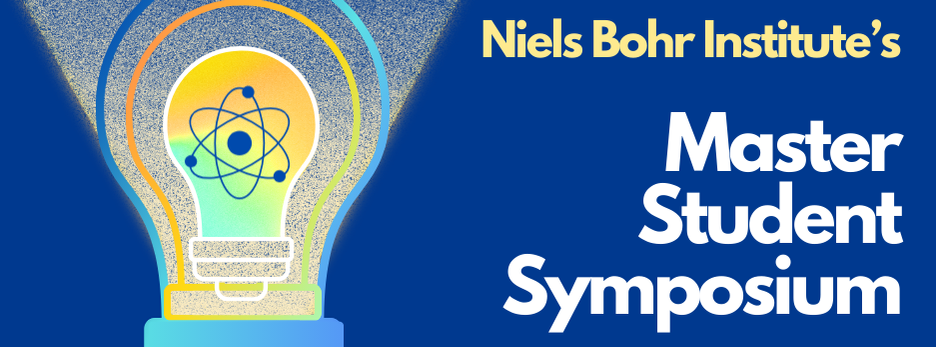Description
The IceCube Neutrino Observatory at the South Pole is designed to detect neutrinos originating from astrophysical sources such as Active Galactic Nuclei (AGN), supernovae (SN), and the Sun. The detector consists of 86 strings, each equipped with multiple Digital Optical Modules (DOMs) containing photomultiplier tubes (PMTs). These PMTs detect Cherenkov light produced by neutrino interactions in the ice.
The data from numerous detected events can be used to train neural network-based machine learning models such as Transformers or Graph Neural Networks. As different neutrino flavours exhibit distinct signal morphologies, geometric information plays a crucial role in providing context to the model. This project employs a Transformer, which is known for its effectiveness in analysing large-scale data, to investigate whether the model can identify patterns in simulated high-energy IceCube events.
However, Transformers are computationally demanding due to their self-attention mechanism, which scales quadratically with the input sequence length. To address this, this project adopts a data reduction approach to enhance computational efficiency.
Additionally, the dataset contains not only neutrinos but also other particles such as muons, which can mimic neutrino interactions. Therefore, data cleaning and proper event selection are essential steps in the workflow.
| Field of study | Computational Physics |
|---|---|
| Supervisor | Troels Christian Petersen |

